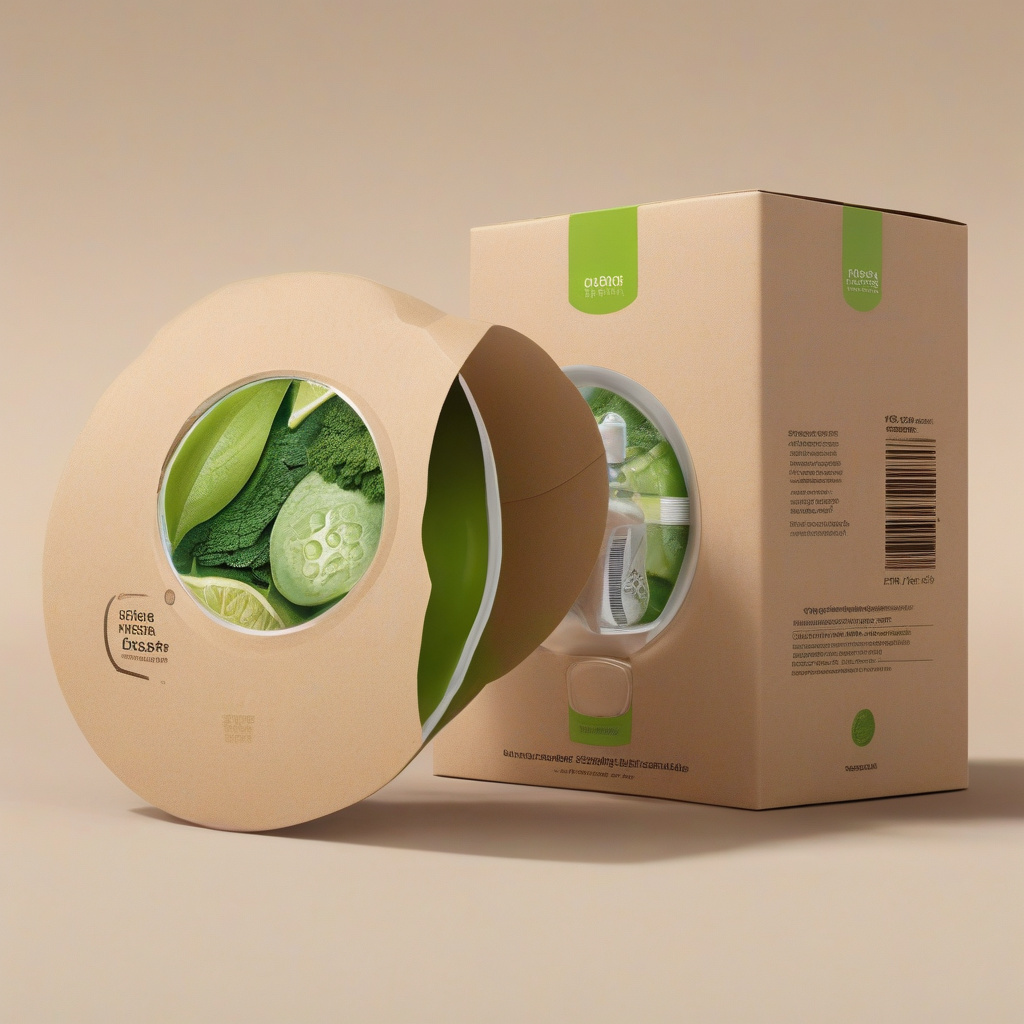Digital Watermarking: Revolutionizing Circular Packaging with HolyGrail 2.0
In the realm of sustainable packaging solutions, the quest for innovation has reached a significant milestone with the HolyGrail 2.0 trials. The latest breakthrough comes in the form of digital watermarking, which has demonstrated an impressive 93% sorting accuracy during the HolyGrail 2.0 trials. This development not only showcases the potential of digital watermarking technology but also underlines its crucial role in advancing circular packaging initiatives.
The HolyGrail 2.0 trials have been instrumental in highlighting the effectiveness of digital watermarking in revolutionizing the way we approach plastic packaging. By incorporating unique digital codes into packaging materials, items can be accurately identified and sorted with a remarkable level of precision. This not only streamlines the recycling process but also enhances the overall efficiency of waste management systems.
One of the key advantages of digital watermarking is its non-intrusive nature. Unlike traditional methods that rely on physical markers or labels, digital watermarking embeds codes directly into the packaging design, ensuring seamless integration without compromising the aesthetics or functionality of the product. This not only enhances the consumer experience but also promotes greater acceptance and adoption of sustainable packaging practices.
The implications of achieving a 93% sorting accuracy rate through digital watermarking are profound. It signifies a significant reduction in sorting errors, leading to higher purity levels in recycled materials. This, in turn, paves the way for the creation of high-quality recycled products, closing the loop on the circular economy model and minimizing the reliance on virgin resources.
Furthermore, the success of digital watermarking in the HolyGrail 2.0 trials underscores the importance of collaboration and industry-wide partnerships in driving sustainable change. By bringing together stakeholders from across the value chain, including packaging manufacturers, waste management facilities, and technology providers, the HolyGrail initiative has set a new standard for cross-sector cooperation in advancing circular packaging solutions.
As we look to the future, the role of digital watermarking in enabling a circular economy for plastic packaging cannot be overstated. With its proven track record of accuracy and efficiency, digital watermarking is poised to become a cornerstone of sustainable packaging strategies, offering a scalable and cost-effective solution for brands looking to reduce their environmental footprint.
In conclusion, the confirmation of digital watermarking as a key technology in HolyGrail 2.0 marks a significant leap forward in the journey towards a more sustainable and circular packaging ecosystem. By harnessing the power of innovation and collaboration, we are not only reimagining the way we approach packaging design and recycling but also laying the foundation for a more resilient and resource-efficient future.
This article was originally published on Innovation News Network.
sustainablepackaging, digitalwatermarking, circularpackaging, HolyGrail2.0, recyclingrevolution









